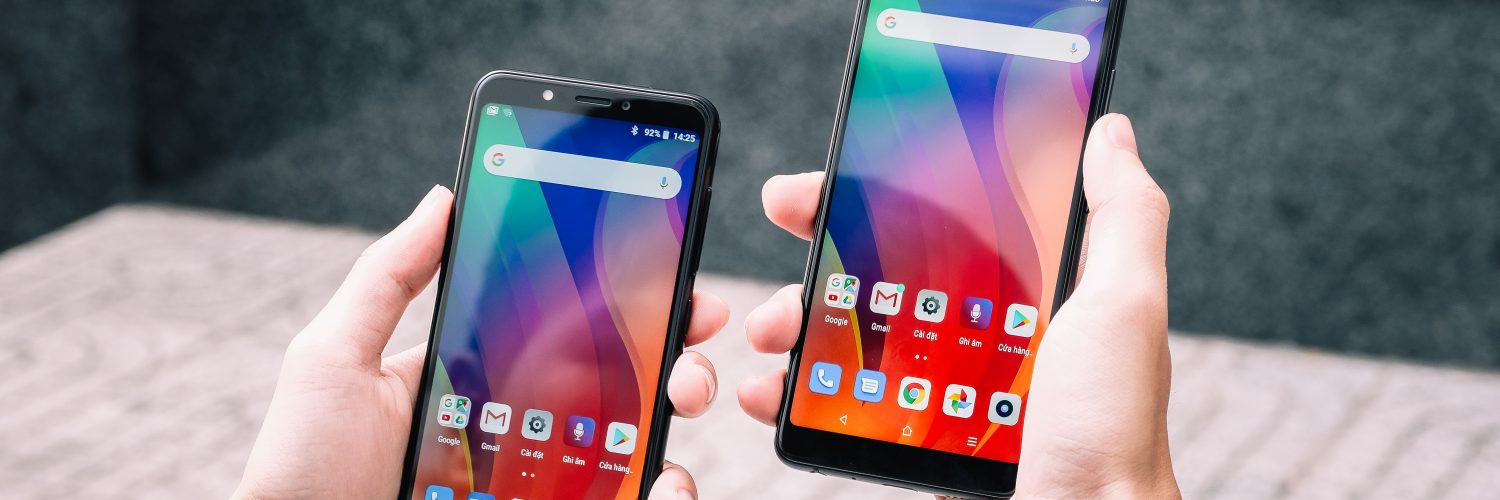Early holiday shopping may be a wise move this year.
America’s trade tensions with China are spiraling as President Donald Trump moves forward with new 10 percent tariff hikes on about $167 billion worth of imported goods from China, including a long list of popular electronic devices.
The tariffs are to go into effect in two waves, on September 1 and December 15. Trump initially announced 10 percent trade levies on $300 billion of goods to be put in place September 1. But recently, he changed direction slightly, saying he was delaying tariffs on a number of products in deference to Christmas shoppers.
Tariffs could cost $1 billion more a month for consumer tech
In the long run, a 10 percent hike of that size could cost American importers of consumer technology as much as $1 billion more per month in tariff hikes, according to an analysis from the national Consumer Technology Association (CTA) that represents about 2,200 consumer technology companies.
Under Trump’s revised plan, some goods have been delayed. Some removed. Now, about $167 billion worth of goods, mostly consumer goods, are scheduled for the tariff hikes.
Even delayed tariffs mean eventual consumer pain and continued business uncertainty, said Gary Shapiro chief executive of the CTA in a statement Tuesday after Trump’s announcement.
In reality American businesses – importers of Chinese goods – are the ones who pay the punishing tariffs, Shapiro said.
“Tariffs are taxes. The Chinese government doesn’t pay for them – Americans bear the burden,” he said.
“(The) uncertainty and volatility of policy based on tariffs is bad for American businesses and is bad for workers, families and the U.S. economy.”
Tariffs on consumer technology pile up
According to the CTA, the consumer technology industry paid $1.7 billion in tariffs in June – more than eight times higher than it paid in June 2018 despite a 39 percent decrease in imports year over year, largely due to the ongoing trade war.
Since July 2018, tariffs on China have cost the consumer tech industry over $10 billion, including $1 billion on 5G-related products.
“That includes $131 million in tariffs on 5G-related products – smartphones, routers, gateways and servers – a critical emerging technology which faced virtually no tariffs prior to the trade war,” the CTA states.
The organization is lobbying the U.S. Congress to take control of the unending trade conflict.
China extends olive branch
After the White House announced the news Tuesday, China extended an olive branch.
“We hope the U.S. side will meet China half-way, and implement the consensus reached by the two leaders during their meeting in Osaka, and look for mutually acceptable solutions through dialogue on the basis of equality and mutual respect,” China’s spokesperson at the foreign ministry Hua Chunying said, according to a CNBC translation.
The two countries top trade representatives are now set to try again by phone at the end of the month.
Hundreds of consumer goods on tariff lists
To allow American families and businesses a break for Christmas, the U.S. Trade Representative’s office announced that some popular products will be spared from new trade taxes until Dec. 15. They include “cell phones, laptop computers, video game consoles, certain toys, computer monitors, and certain items of footwear and clothing.”
Other products will be removed from consideration entirely, “based on health, safety, national security and other factors,” the trade office announced.
Tariffs that go into effect September 1 will affect hundreds of food items and everyday consumer goods including
- Meat
- Dairy
- Coconut and olive oil
- Infant formula
- Fruits and vegetables
- Paper products
- Guns
- Jewelry
- Cameras
- Athletic gear
- Televisions
A second round on December 15 also targets hundreds of consumer products including:
- Clothing and footwear
- Diapers
- Holiday decorations
- Games
- Toys
- High chairs and booster seats for children
- Cell phones
- Kitchen and household appliances
- Clothing
- Silverware
- Glassware
- Linens
















Add comment